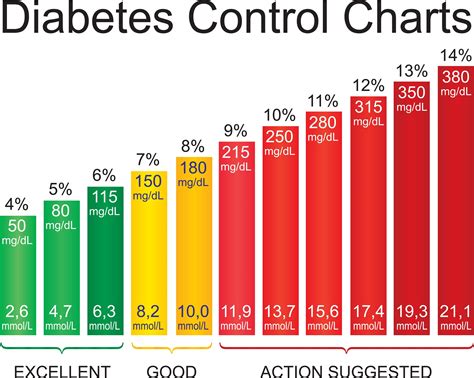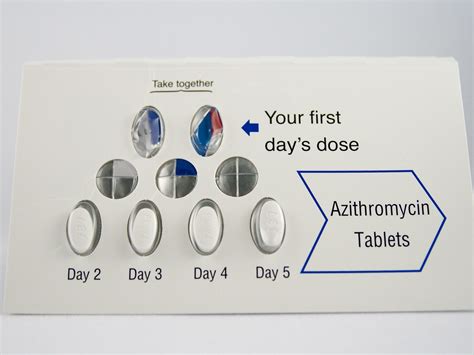De Quervain syndrome is a condition that affects the tendons on the thumb side of your wrist. It occurs when the tendons around the base of the thumb, specifically the extensor pollicis brevis (EPB) and abductor pollicis longus (APL) tendons, become inflamed and irritated. This inflammation leads to pain and tenderness, particularly when forming a fist, grasping, or turning the wrist.
Understanding the Anatomy
To comprehend the nature of De Quervain syndrome, it’s essential to have a basic understanding of the anatomy involved. The EPB and APL tendons are encased in a tendon sheath, which is a fibrous tube that reduces friction between the tendon and the surrounding bone as the tendon moves. In De Quervain syndrome, the tendon sheath becomes inflamed, leading to a narrowing of the space through which the tendons move. This narrowing increases the friction between the tendons and their sheath, causing pain and discomfort.
Symptoms of De Quervain Syndrome
The symptoms of De Quervain syndrome can vary from person to person, but common complaints include:
- Pain and Tenderness: The primary symptom is pain and tenderness on the thumb side of the wrist. This pain can be severe enough to interfere with daily activities.
- Swelling: Some individuals may notice swelling in the affected area, although this is not always present.
- Limited Mobility: The pain can limit the movement of the thumb and wrist, makingactions like grasping or pinching difficult.
- Crepitus: A grating or creaking sensation may be felt when moving the thumb, due to the friction between the irritated tendons and their sheaths.
- Radiating Pain: In some cases, the pain may radiate up the forearm or down into the thumb.
Activities That Aggravate De Quervain Syndrome
Certain activities can exacerbate the symptoms of De Quervain syndrome, including:
- Gripping or Grasping: Activities that involve gripping, like lifting a child, heavy groceries, or even a purse, can worsen the condition.
- Repetitive Motions: Repetitive movements of the wrist and thumb, common in jobs or hobbies involving typing, gaming, or sports, can irritate the tendons further.
- Twisting Motions: Twisting the wrist, as in using a screwdriver or pouring from a heavy pot, can also aggravate the condition.
Diagnosis and Treatment
Diagnosing De Quervain syndrome typically involves a physical examination and medical history. The Finkelstein test, which involves making a fist with the thumb inside the fingers and then bending the wrist toward the little finger, is commonly used to diagnose the condition. If the test reproduces the pain on the thumb side of the wrist, it is likely that De Quervain syndrome is present.
Treatment options range from conservative management, including rest, ice, and physical therapy, to more invasive procedures like corticosteroid injections or, in severe cases, surgery to release the compressed tendons. Early intervention is key to preventing long-term damage and relieving symptoms effectively.
Why Early Intervention Matters
Early intervention is crucial in managing De Quervain syndrome. Ignoring the symptoms or delaying treatment can lead to chronic pain and potentially permanent damage to the tendons and surrounding tissues. By addressing the condition early, individuals can prevent further irritation, reduce the risk of complications, and improve their chances of a full recovery.
Conservative Management Strategies
Conservative management is often the first line of treatment for De Quervain syndrome. This approach includes:
- Rest and Avoidance: Avoiding activities that aggravate the condition and giving the wrist and thumb adequate rest.
- Ice and Heat: Applying ice to reduce inflammation and heat to promote healing and relaxation.
- Splinting: Using a splint to immobilize the wrist and thumb, reducing strain on the affected tendons.
- Physical Therapy: Engaging in physical therapy to strengthen the muscles around the wrist and improve mobility.
Surgical Intervention
In cases where conservative management does not provide adequate relief, surgical intervention may be considered. The procedure involves making a small incision in the wrist to release the tendon sheath that is putting pressure on the tendons. This allows for more room for the tendons to move, reducing friction and relieving pain.
Recovery and Rehabilitation
The recovery and rehabilitation process for De Quervain syndrome, whether treated conservatively or surgically, involves gradual exercises to regain strength and mobility in the wrist and thumb. Physical therapy plays a significant role in this process, helping individuals to return to their normal activities without risking further injury.
Prevention
Preventing De Quervain syndrome involves taking measures to reduce strain on the wrists and thumbs, such as:
- Ergonomic Adjustments: Ensuring that workstations and tools are ergonomically designed to reduce strain on the wrists.
- Regular Breaks: Taking regular breaks during activities that involve repetitive motions of the wrist and thumb.
- Strengthening Exercises: Engaging in exercises that strengthen the muscles of the forearm, wrist, and thumb.
By understanding the symptoms of De Quervain syndrome and taking proactive steps towards prevention and early intervention, individuals can reduce their risk of developing this condition and ensure prompt and effective treatment if symptoms do arise.
Conclusion
De Quervain syndrome is a common condition that affects the tendons on the thumb side of the wrist, leading to pain, tenderness, and limited mobility. Understanding the symptoms, causes, and treatment options is crucial for effective management. Early intervention, whether through conservative management or surgical intervention, is key to preventing long-term damage and ensuring a successful recovery. By adopting preventive measures and being mindful of the risks associated with repetitive motions and strain on the wrist and thumb, individuals can reduce their likelihood of developing De Quervain syndrome and maintain optimal hand and wrist health.
What are the primary symptoms of De Quervain syndrome?
+The primary symptoms include pain and tenderness on the thumb side of the wrist, swelling, limited mobility, and sometimes a grating sensation when moving the thumb.
How is De Quervain syndrome diagnosed?
+Diagnosis typically involves a physical examination, medical history, and specific tests like the Finkelstein test, which can reproduce the pain associated with the condition.
What are the treatment options for De Quervain syndrome?
+Treatment options range from conservative management, including rest, ice, physical therapy, and sometimes corticosteroid injections, to surgical intervention in severe cases to release the compressed tendons.


